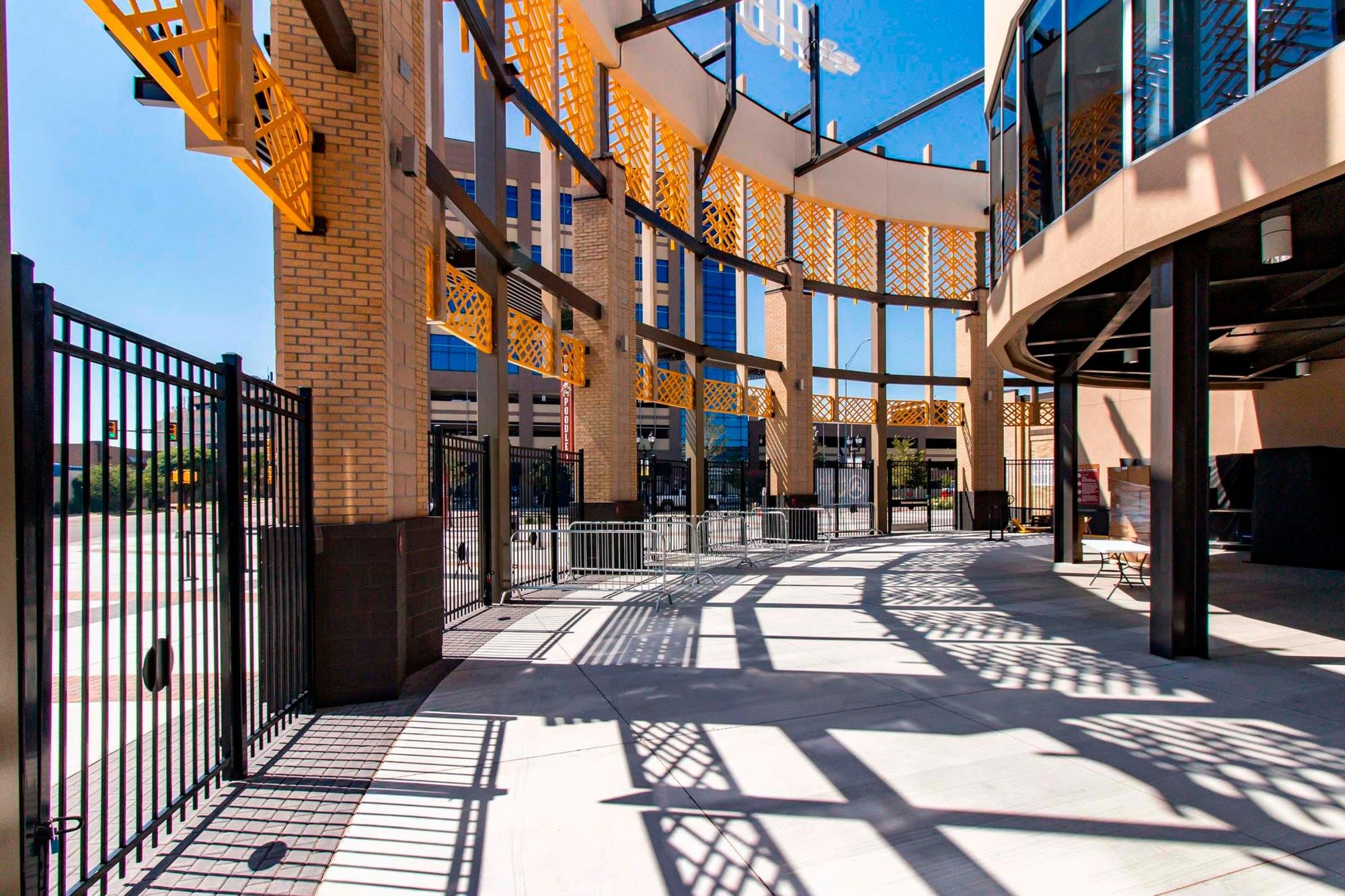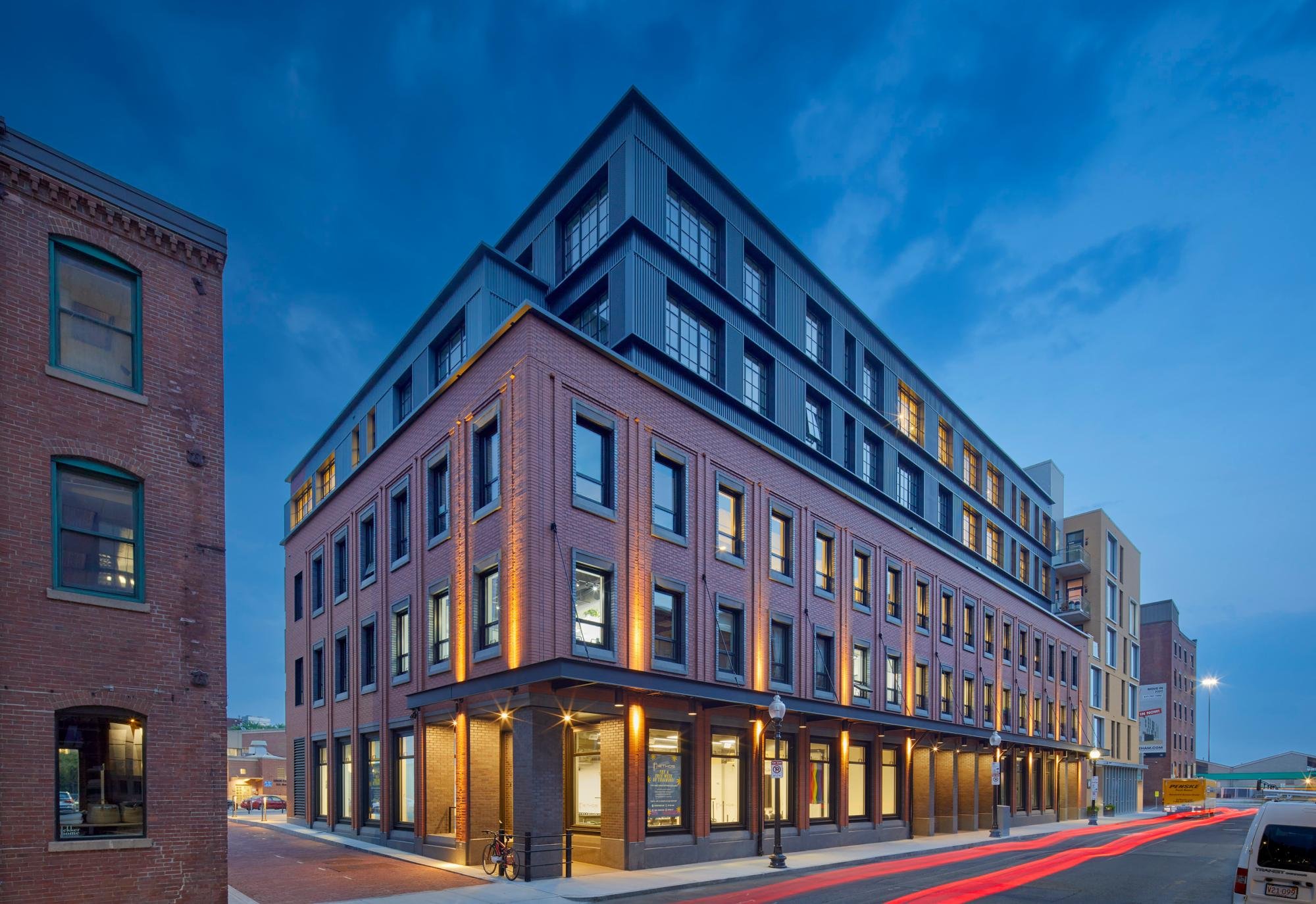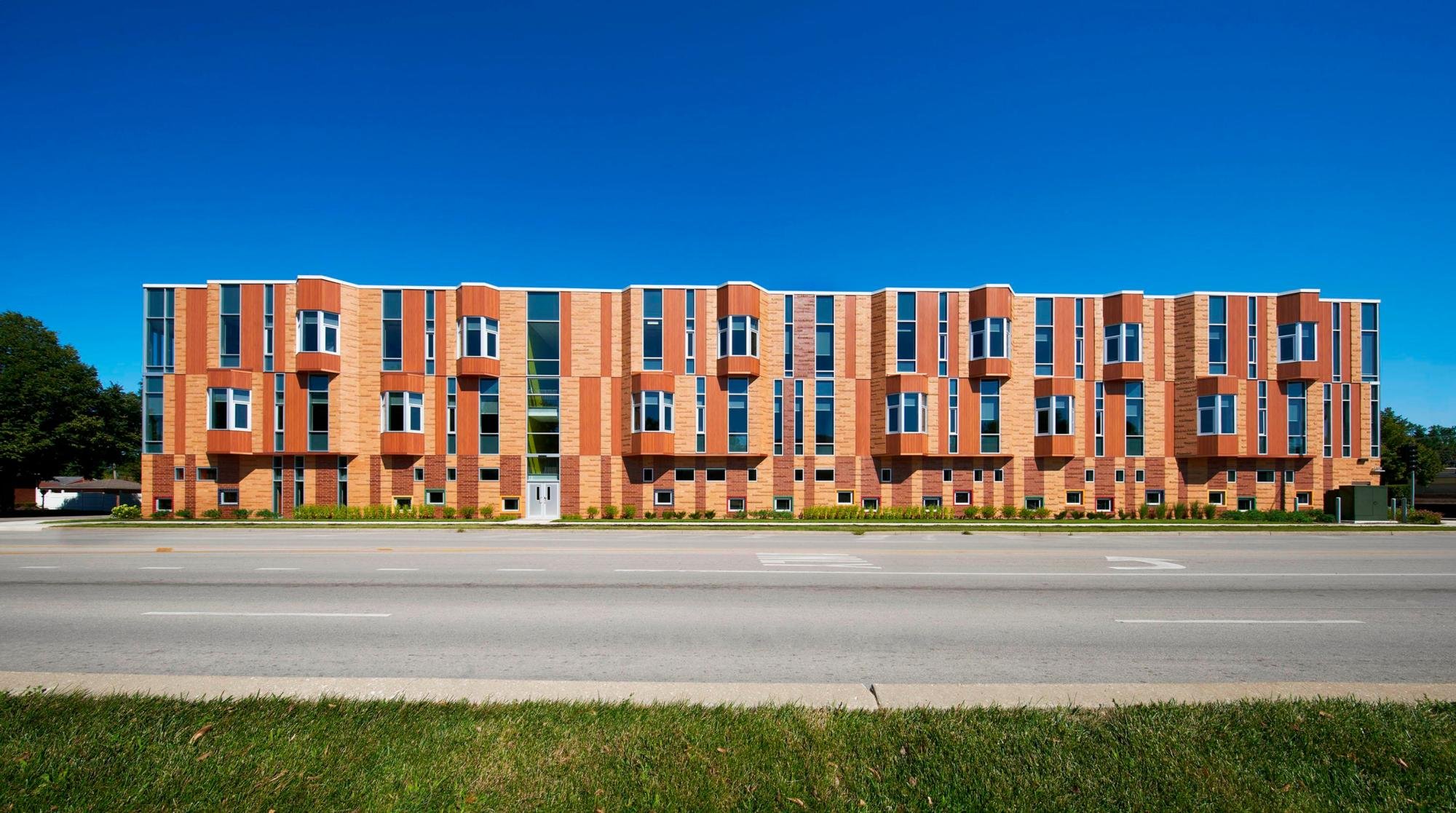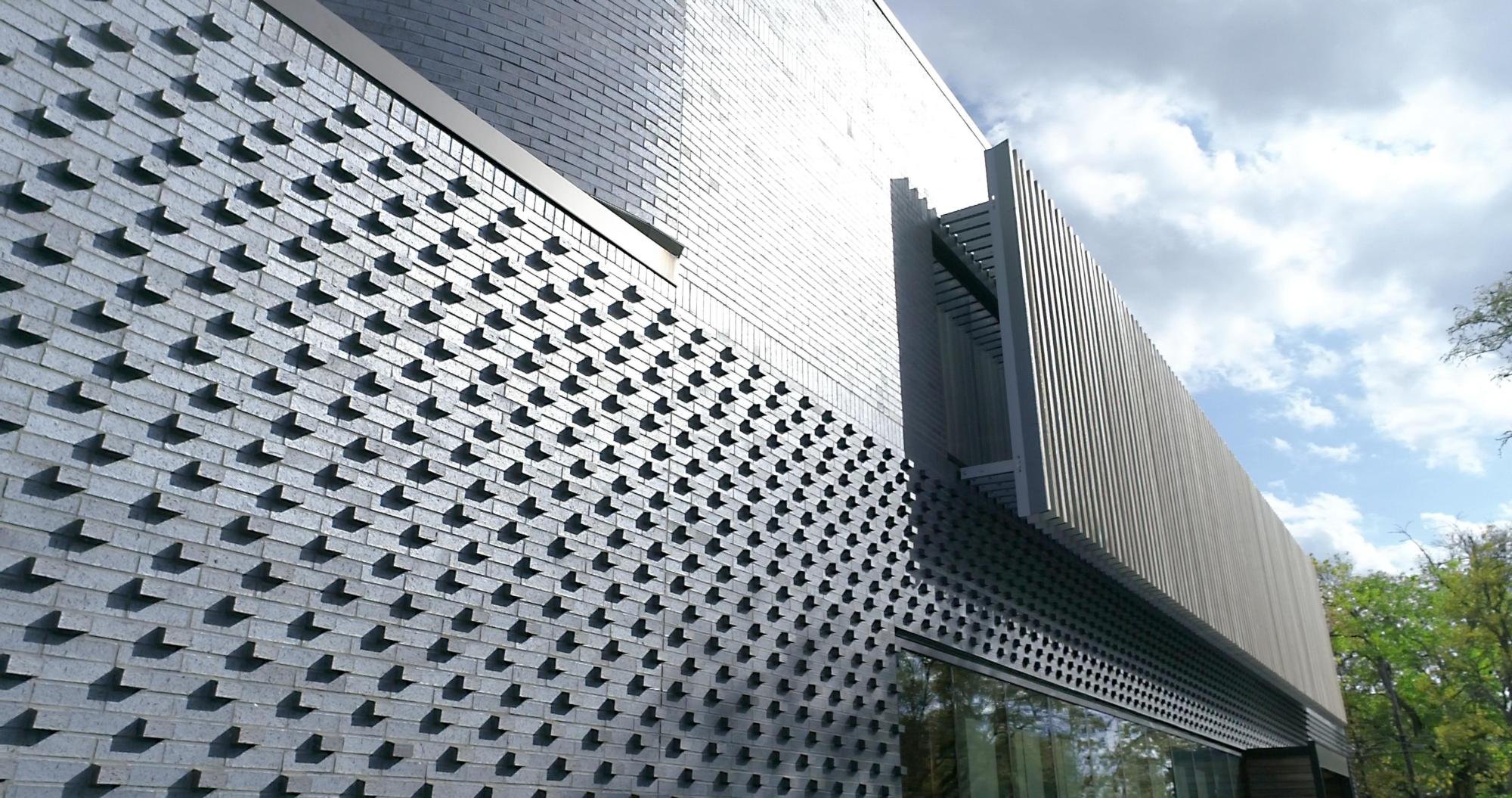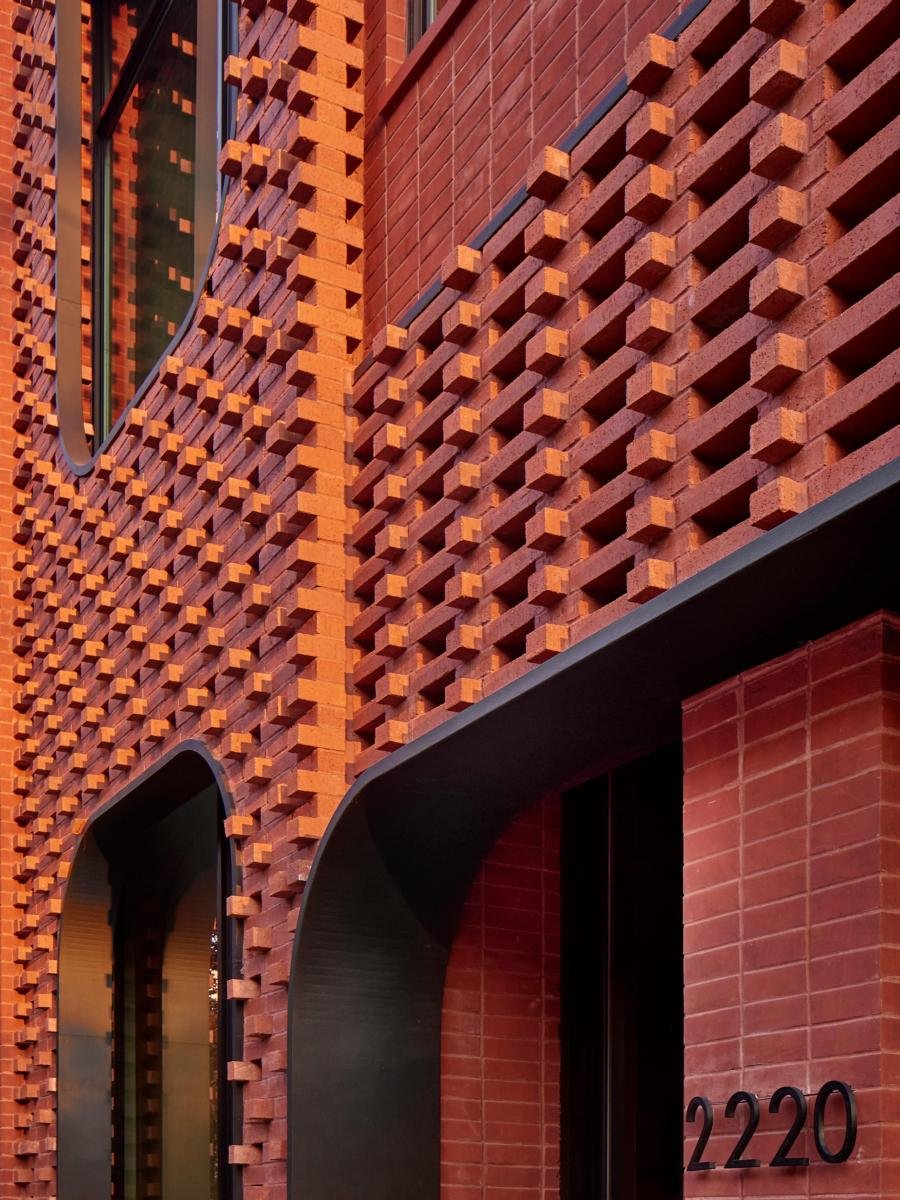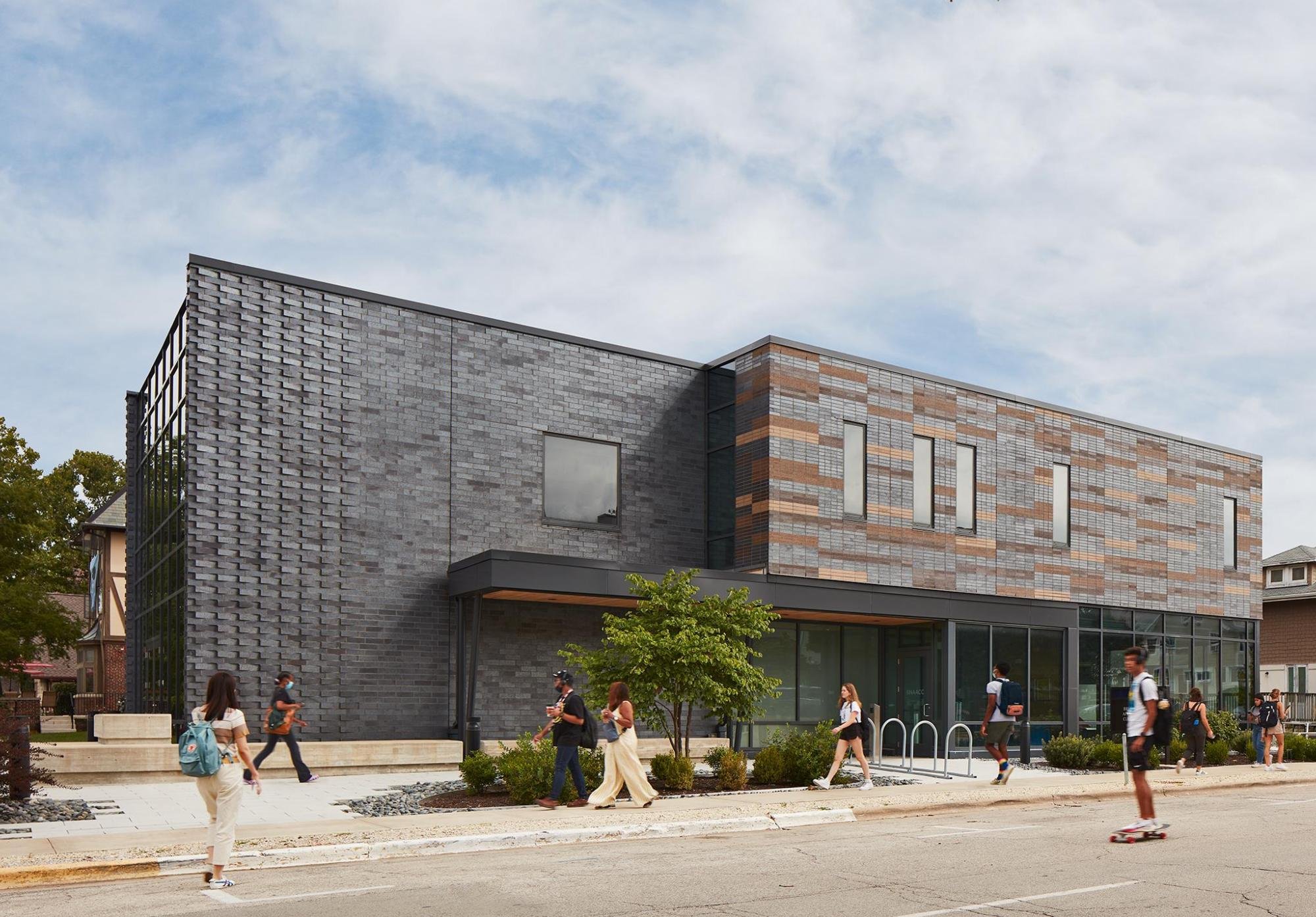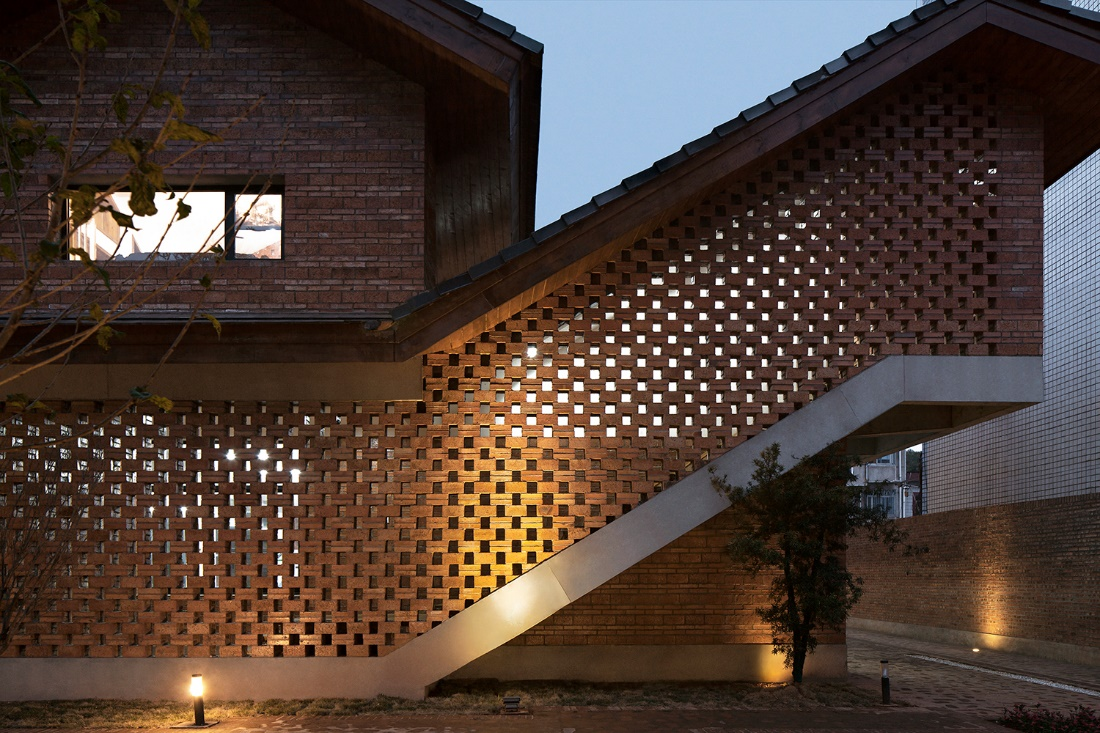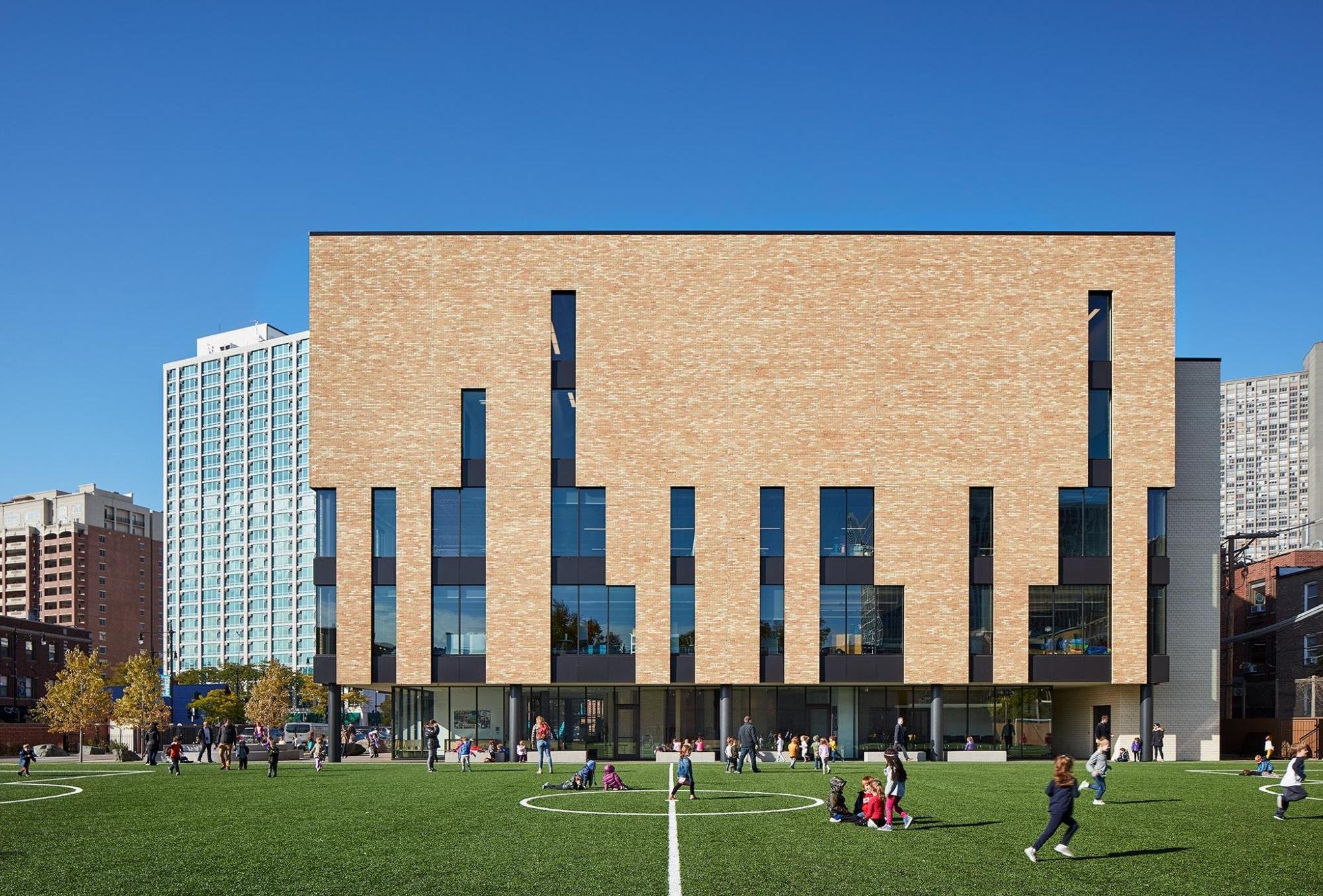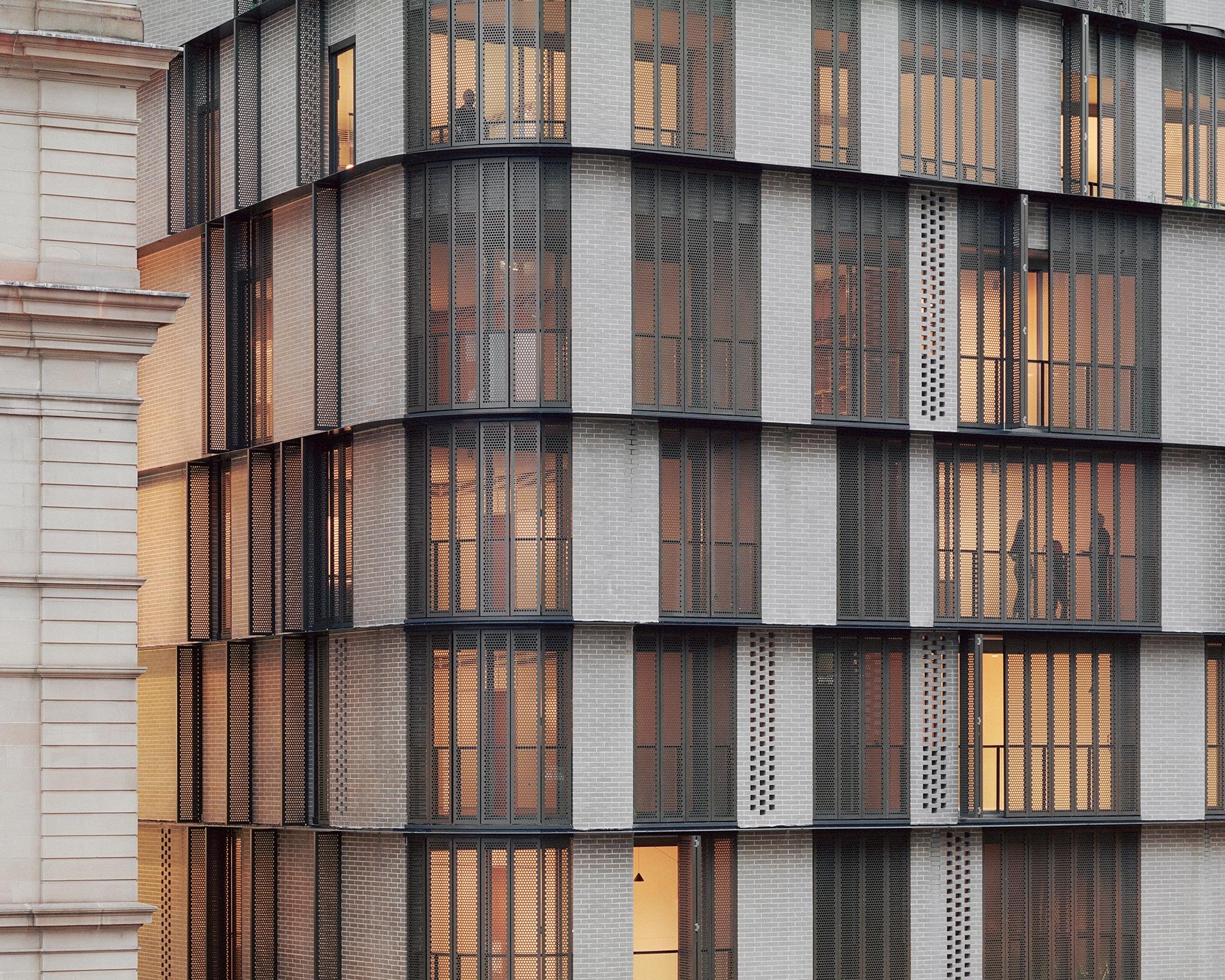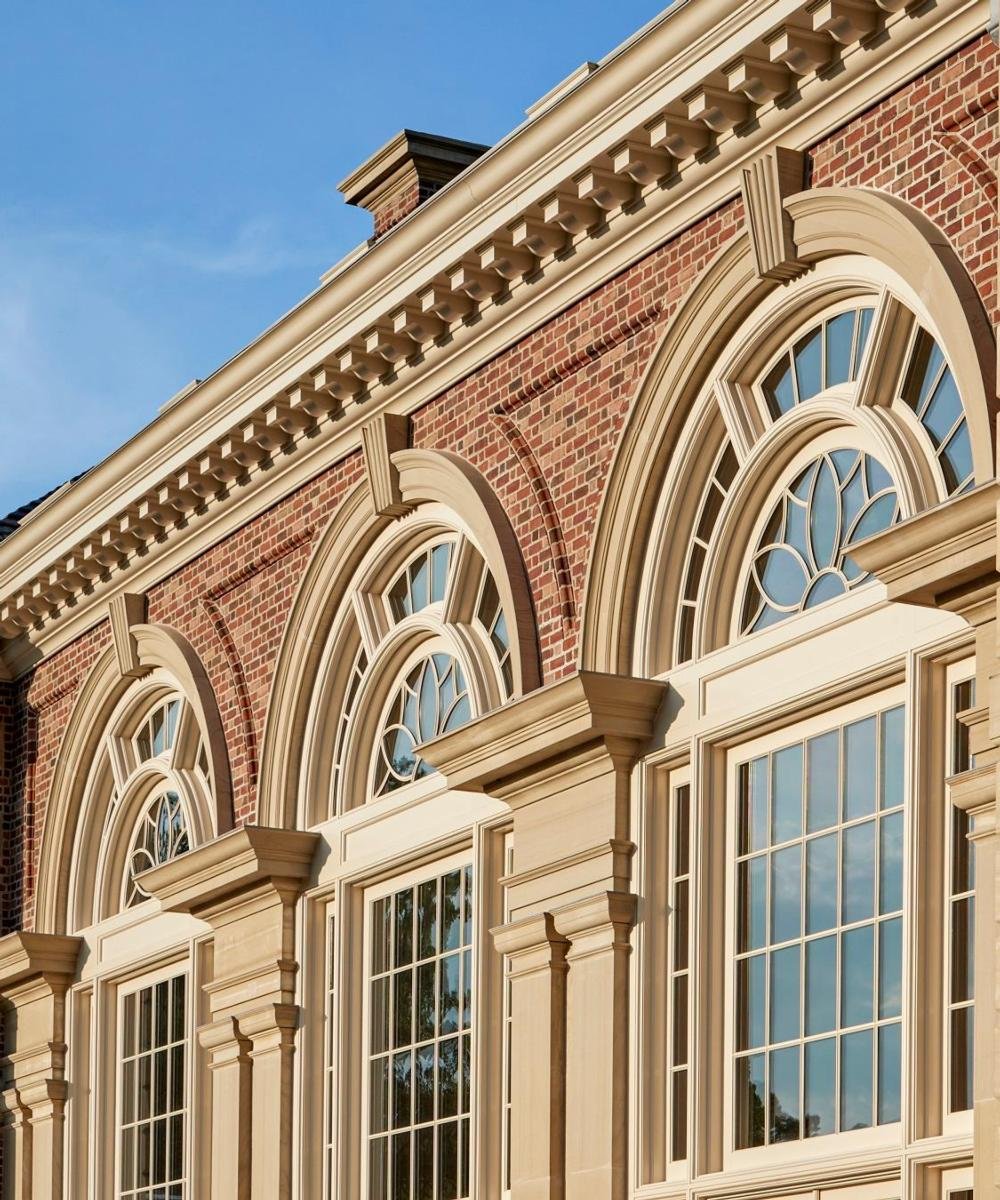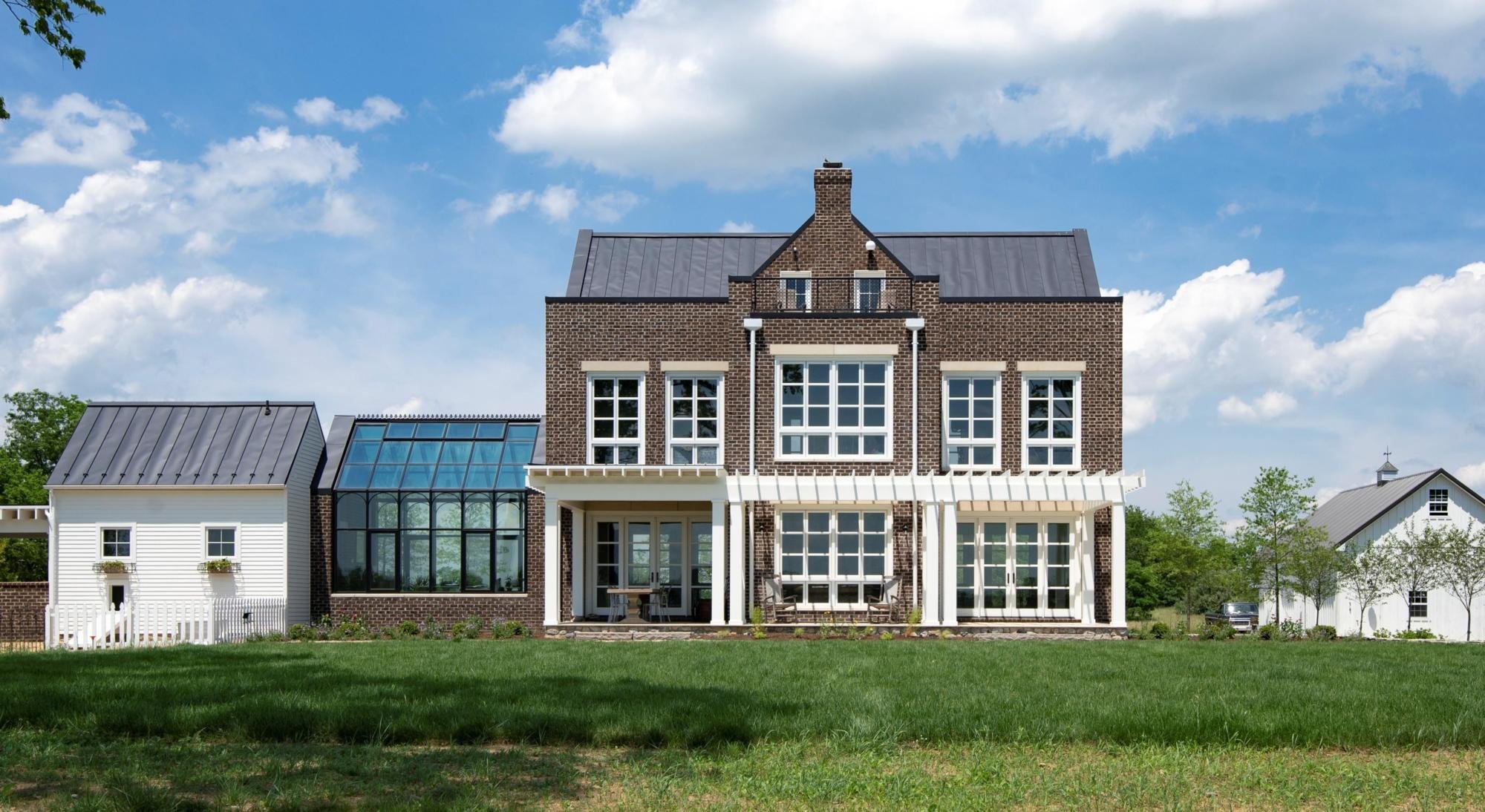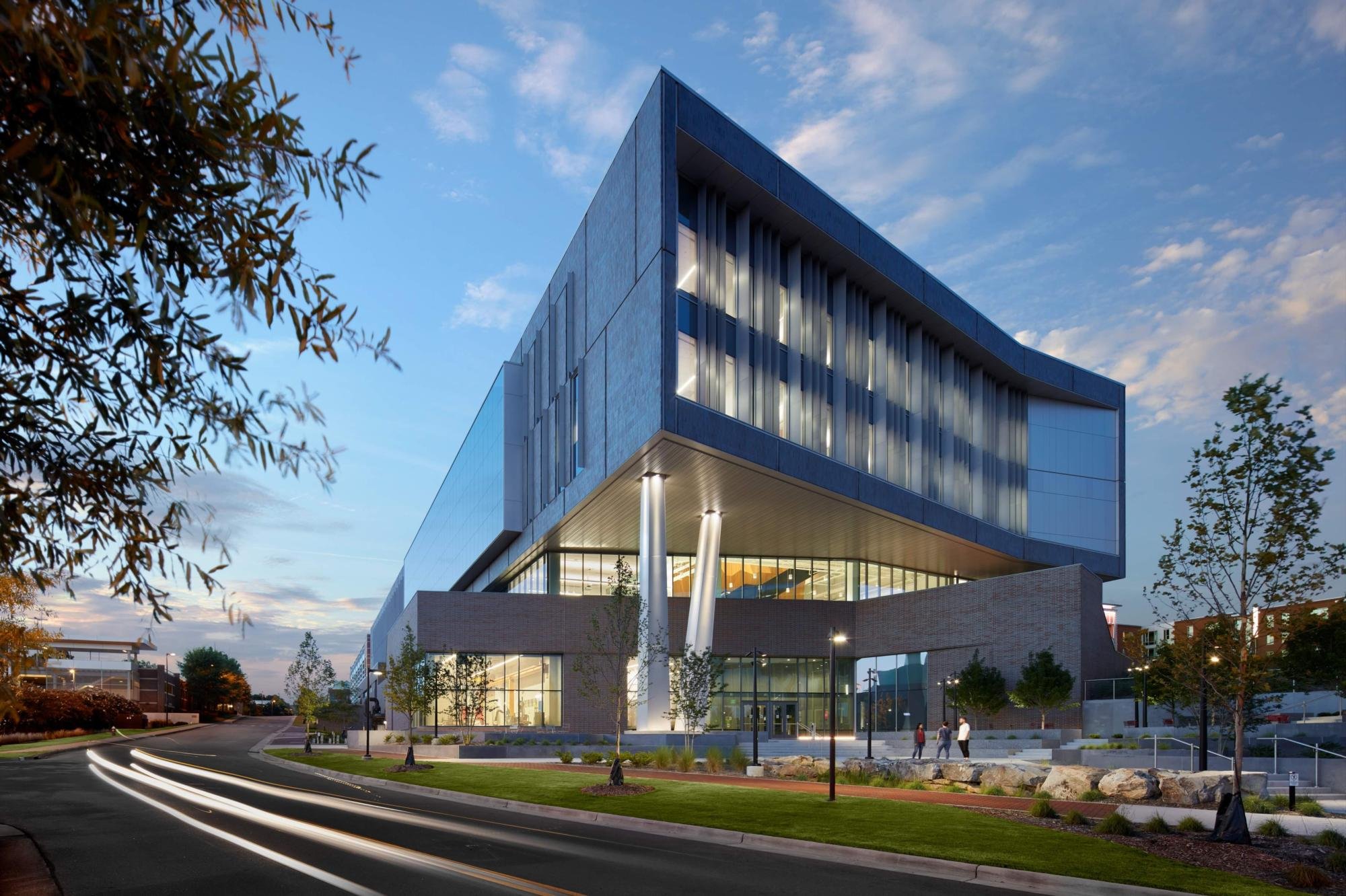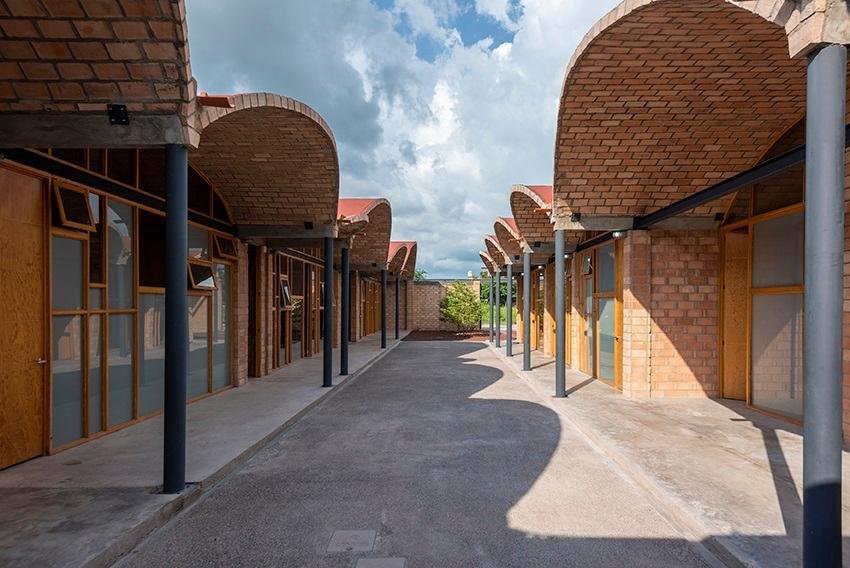Brick = Flexibility?
/Brick manufacturers haven’t yet figured out a way to make individual brick units flex (though great designers and masons can come close), but no other material is capable of greater design flexibility than brick. It’s one of the greatest attributes of fired clay brick, but what exactly does it mean?
Ask around in architectural circles and you’ll get many different definitions of “design flexibility,” but in the specific context of designing and building with brick, you’ll probably hear the same few themes over and over again.
Brick is flexible because it can be adapted to virtually any style. From classic and traditional to contemporary and jarringly novel, brick simply works. There isn’t a style of structure that can’t be designed and built with brick and be better for it.
Brick is flexible because there are so many different sizes, colors, and textures to choose from. Brick works in any style because there’s a brick for every style. The look of a facade can be dramatically impacted by the proportions of a particular brick, it’s color, and even it’s sheen. Want a low-aspect-ratio black brick with almost no texture and a light-reflecting sheen? That’s easy. How about white brick that looks like it’s been covered in flat paint — but without the paint? Done. Texture so dramatic it looks like one brick unit was torn from another when the clay was still wet? Absolutely. If you can think it up, brick can provide the look.
Brick is flexible because each one is a small unit in a universal shape that can be positioned and combined with neighboring brick units in infinite ways. This trait goes way back. Masons have been combining brick units together with a variety of bond patterns and orientations since there has been brick with which to build. Infinite variations are in play depending on the desired look — playful patterns, dramatic juxtapositions, carefully planned projections, or no apparent pattern at all.
Brick is flexible because it can easily be combined with other materials to great effect. Brick simply plays nice with others, both in terms of aesthetics and the logistics of melding materials together. Glass, metal, and stone are common accomplices, working together to virtually ensure the visual and functional success of a design.
By now you’ve no doubt noticed the photos illustrating brick’s design flexibility. All of these are of winning structures from the Brick in Architecture Awards, put on by the Brick Industry Association. It just so happens that entries for the 2023 awards will be accepted beginning September 1, so let’s see how you and your colleagues have put brick’s design flexibility to work! Click here to learn more.

